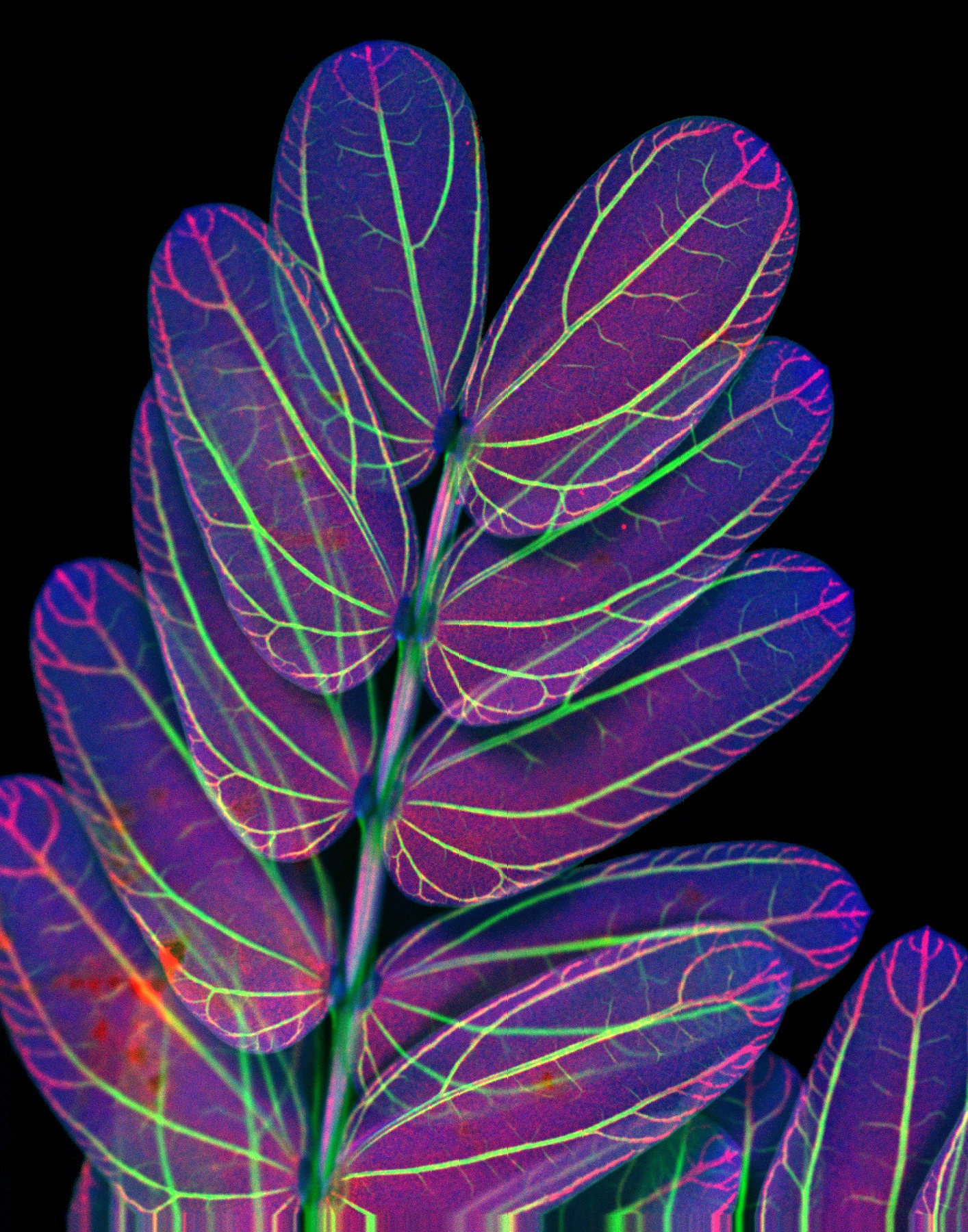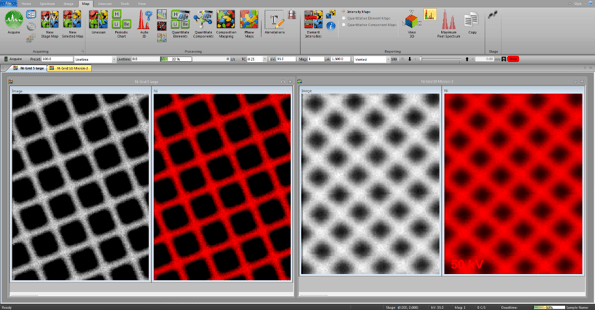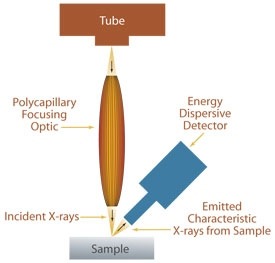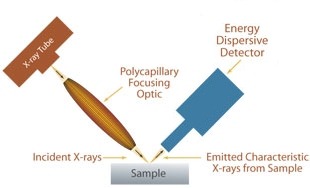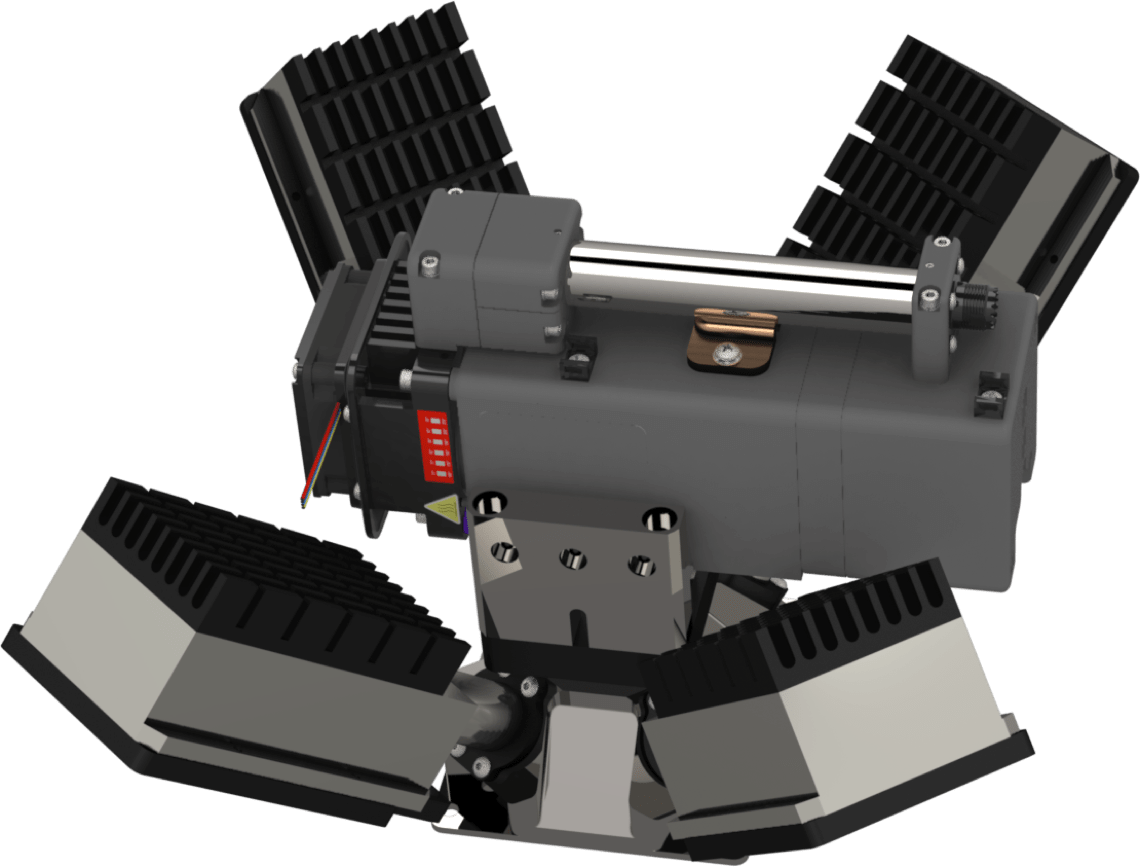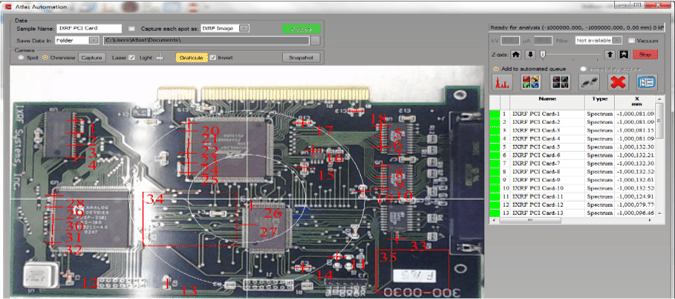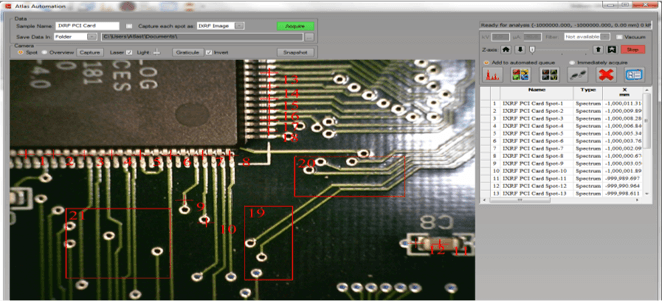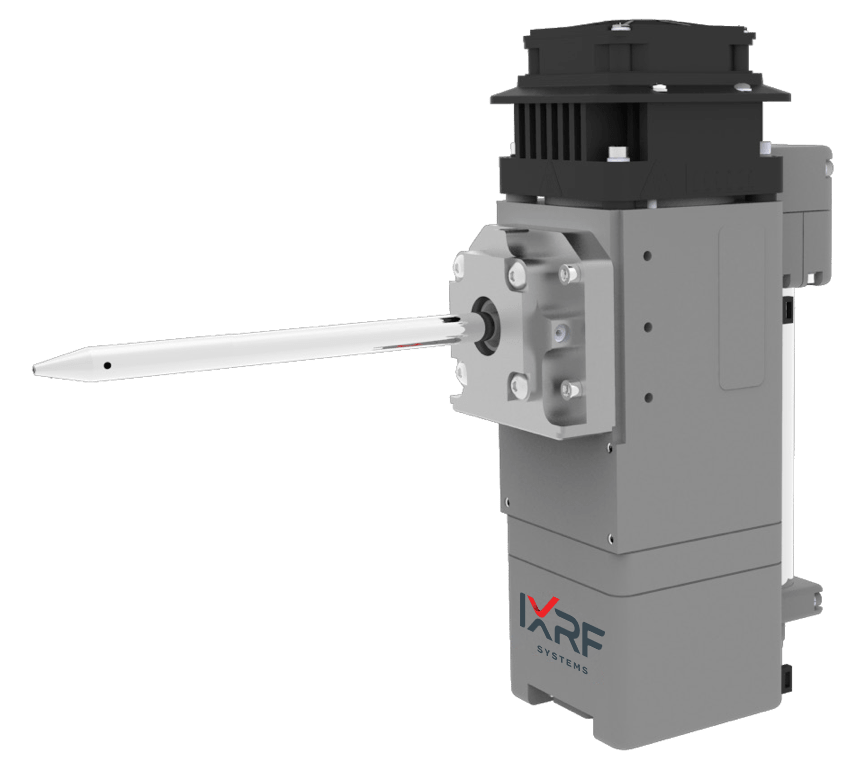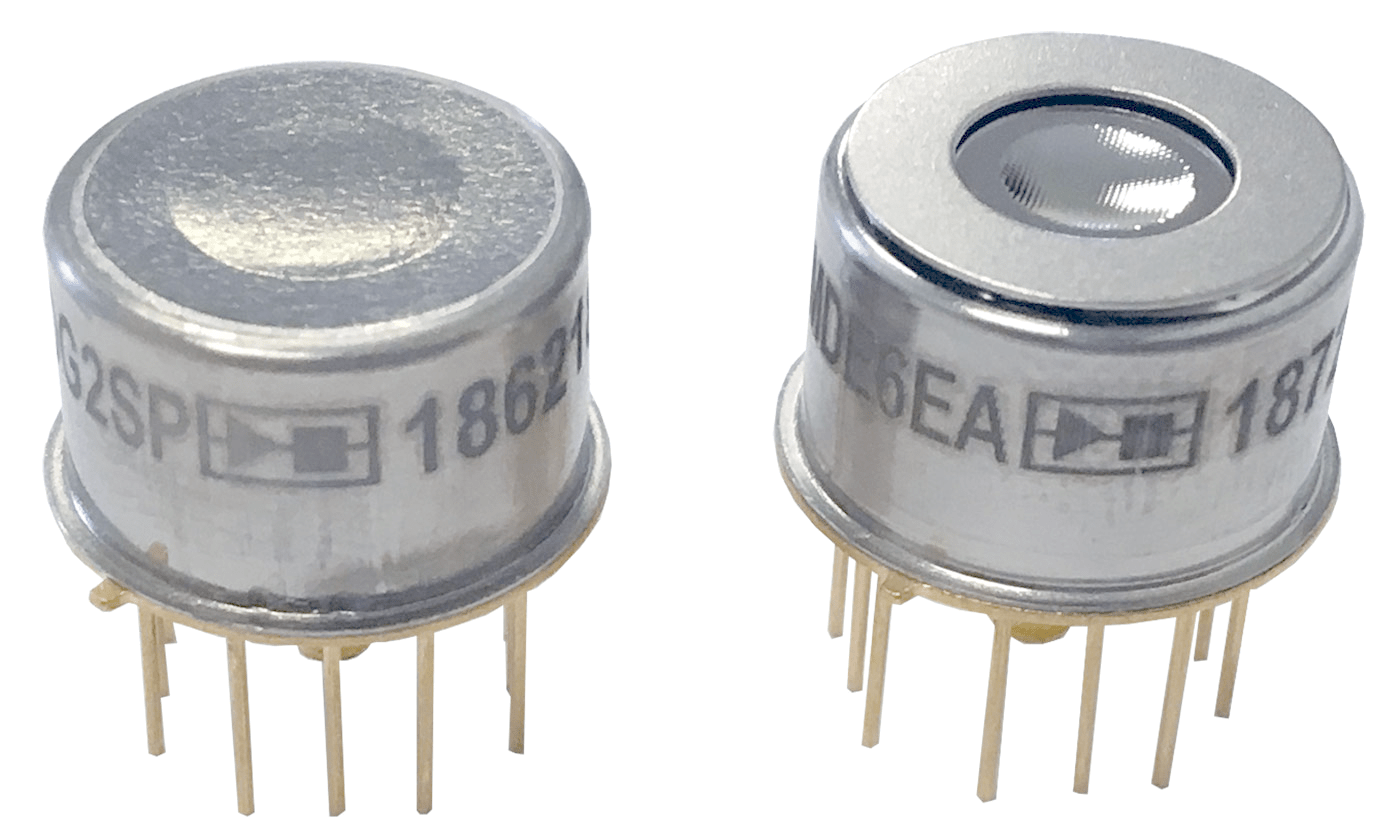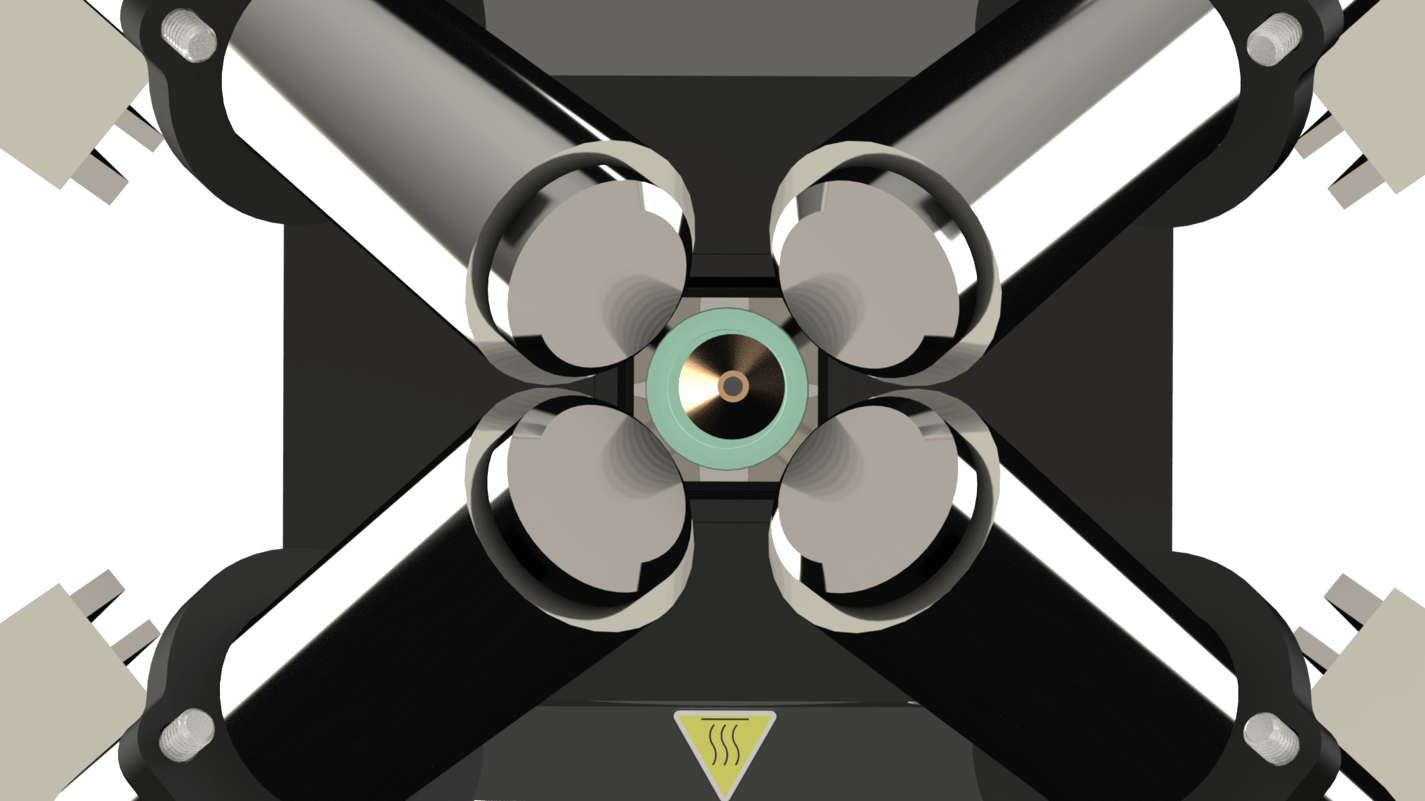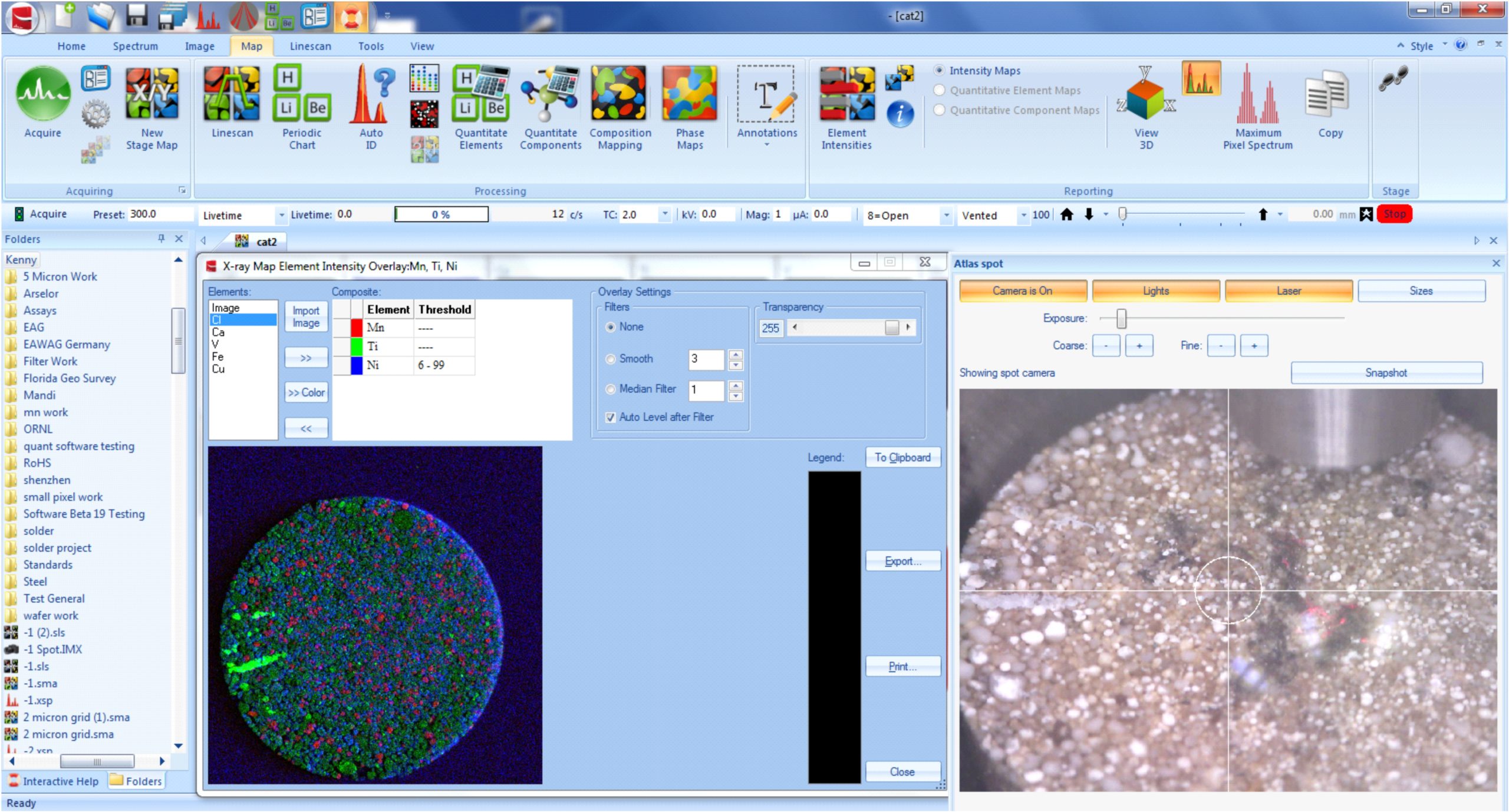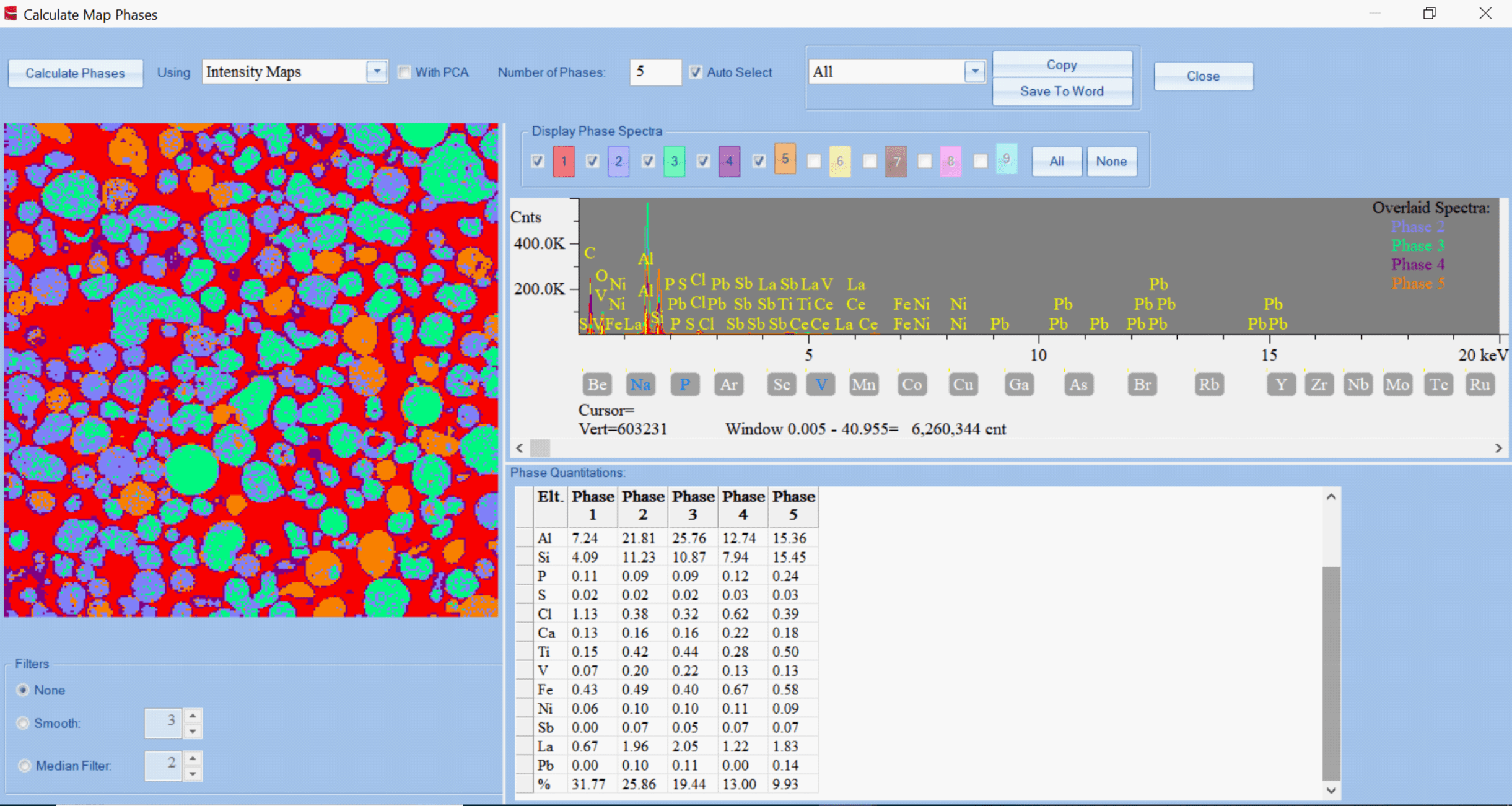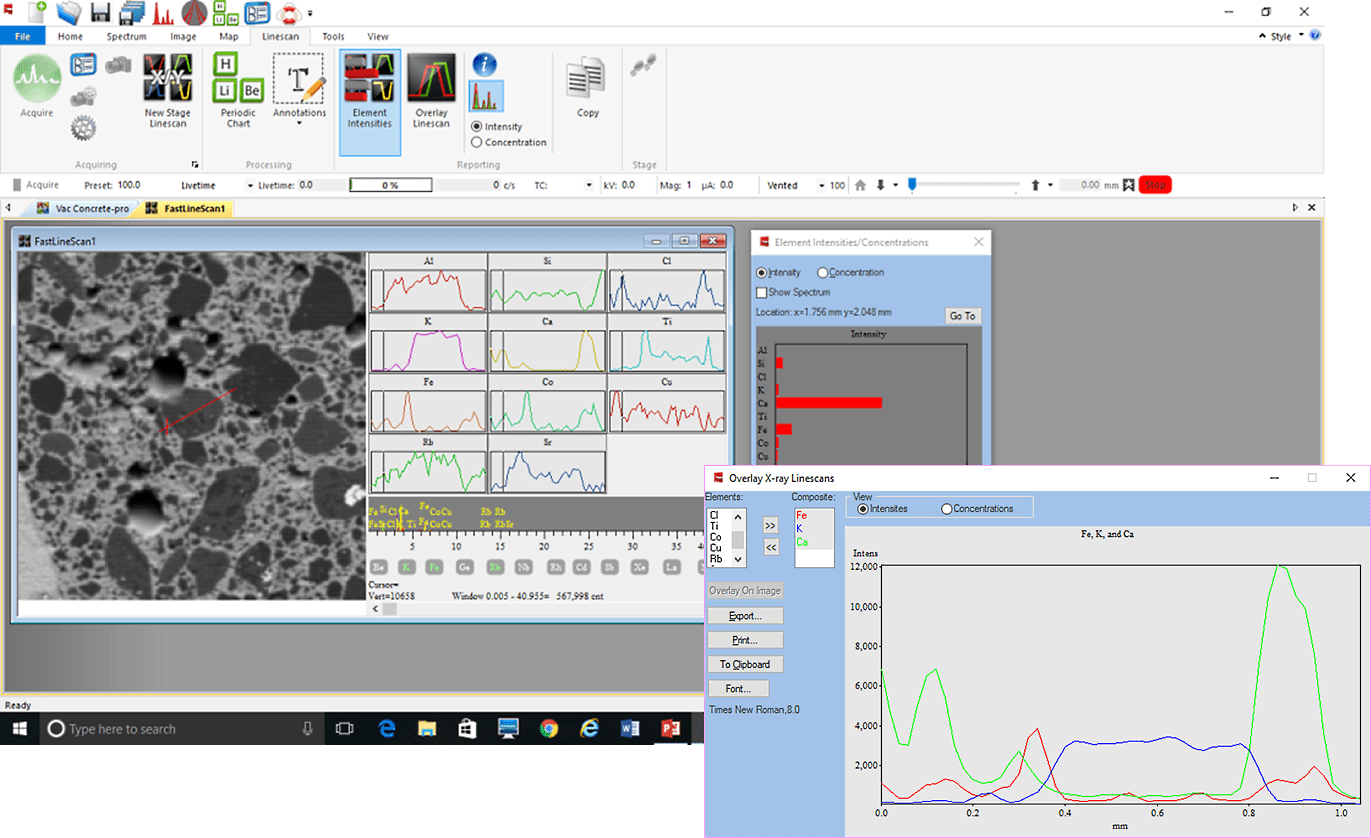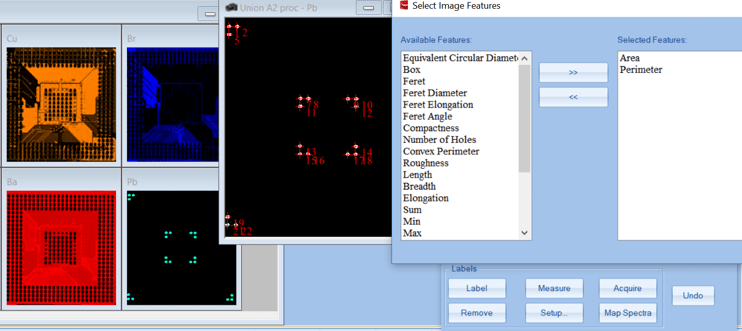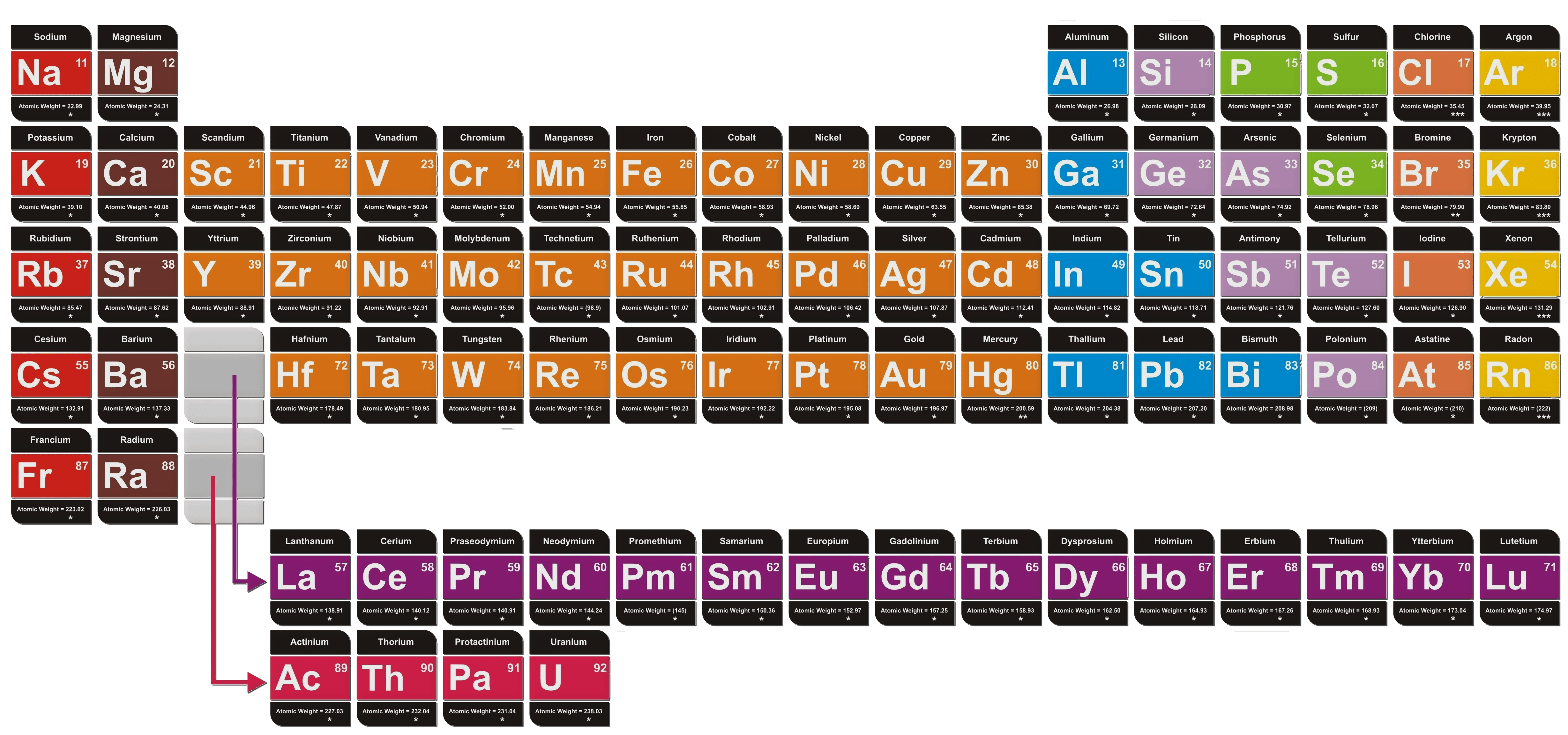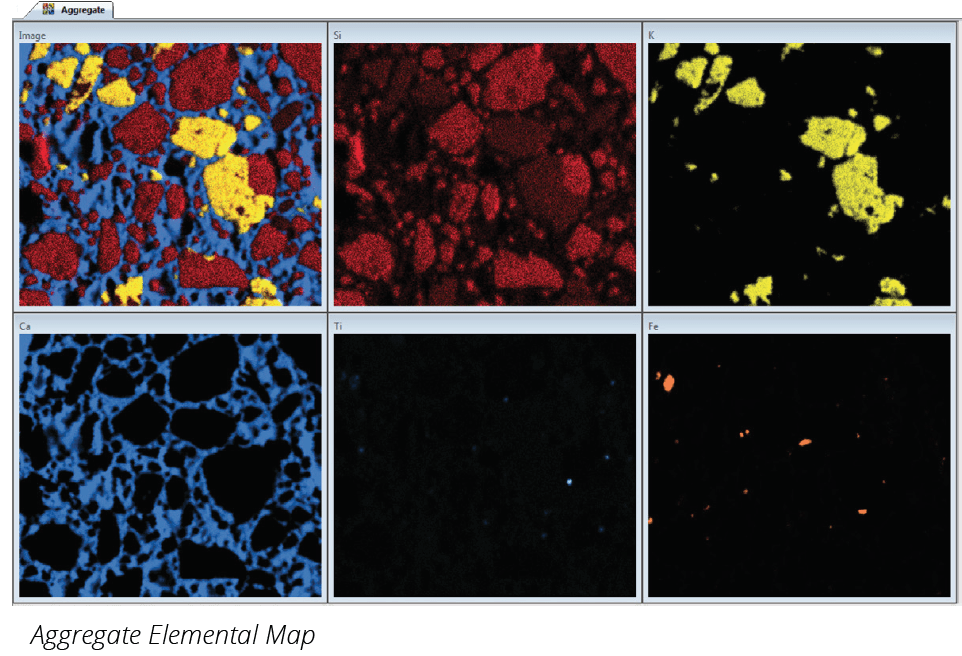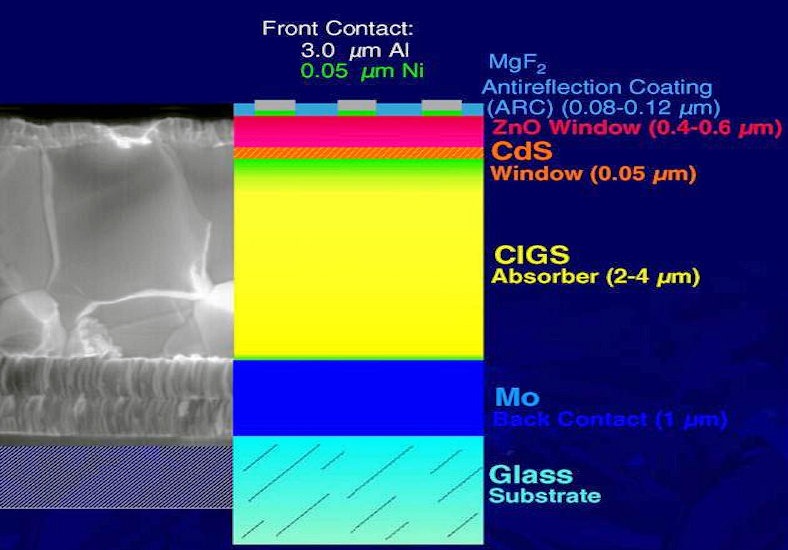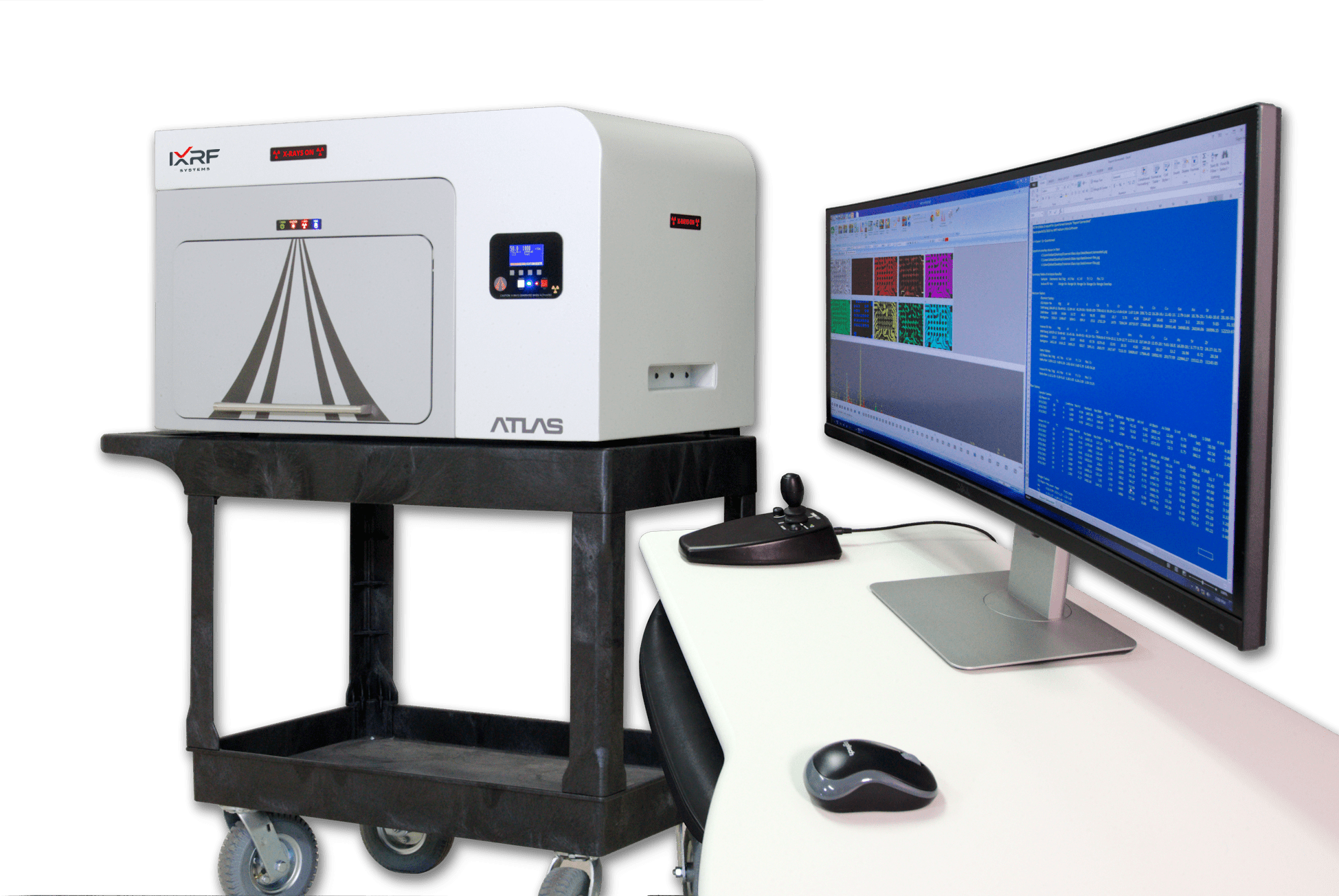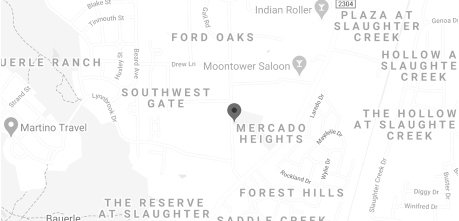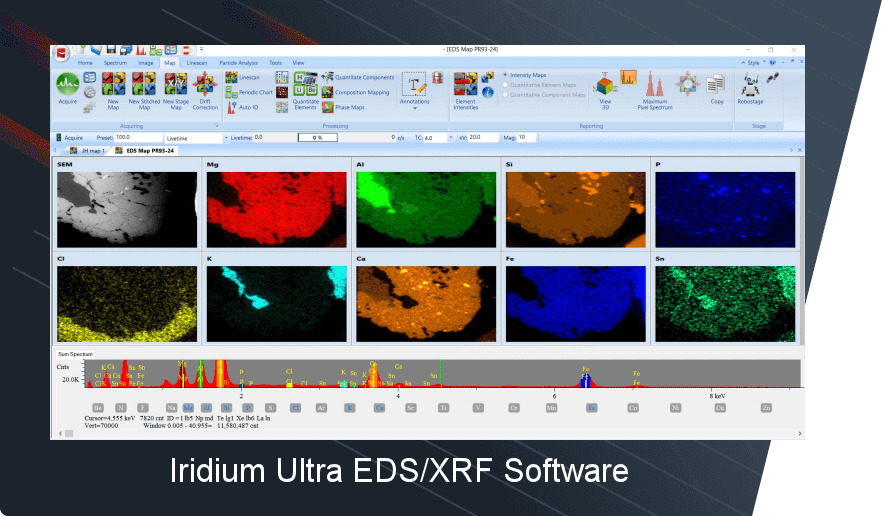IXRF Systems’ ATLAS M benchtop microEDXRF (micro XRF) spectrometer is the latest general purpose micro spot energy dispersive X-ray fluorescence (EDXRF) spectrometer microscope for the measurement and mapping of elements from sodium (Na) through uranium (U). Designed to image and analyze a wide variety of sample types, ATLAS leads the industry in virtually every major specification category from the most powerful software and the highest detector active area, to our superior perpendicular (normal) X-ray tube geometry geometry and smallest micro spot.
ATLAS’ Iridium Ultra software platform, developed with SEM/EDS elemental mapping and analytical functionality, is unsurpassed in it’s ability to provide elemental and phase mapping, line scans, critical dimensions (CD) as well as qualitative and quantitative elemental analyses of solids, liquids, particles, powders and thin films. The functional, flexible, and feature-rich software suite guarantees unprecedented productivity. ATLAS M is the micro-XRF (μXRF) elemental analyzer that leads with innovation.




